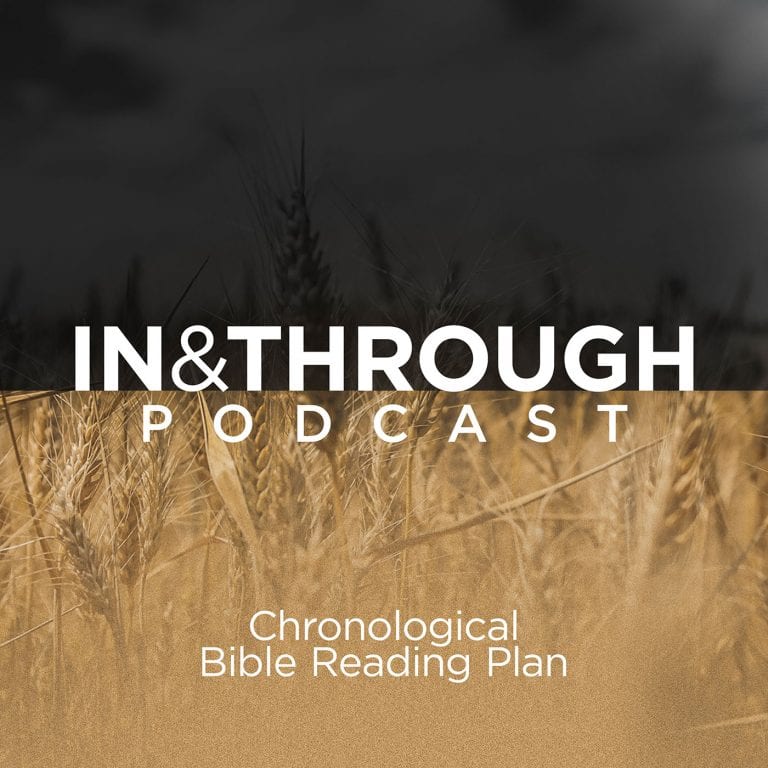A home run sermon introduction earns the interest of those listening.
I realize the word “earns” is not one of our favourite words as preachers. After all, we preach a gospel of grace. When it comes to salvation, the word “earn” doesn’t belong in our vocabulary.
But when it comes to sermons, there is a sense in which it does. I’m convinced preachers need to earn something from their congregations as they start their sermons. We need to earn their attention.
Let me explain.
In a perfect world, all a preacher should need to do at the start of a sermon is to invite people to turn to the passage and begin the exposition. In a perfect world, a preacher shouldn’t have to earn people’s interest because people would already be interested.
But we don’t live in a perfect world. When people show up for church, they have other things on their minds than just listening to the sermon. Like Mary’s sister Martha, they are often distracted by many things. It might be family tensions or financial pressures. It could be a Sunday afternoon playoff game at the Rogers Centre. So while people may be present in body, they might still be absent in mind and heart. That’s why we need to earn their interest rather than assuming we already have it.
I’ve found the best way to do this is to make sure my sermon introductions do four things well. Most preachers do the first two. Many miss the last two. And the last two make the difference between a sermon intro that swings and misses and one that makes a solid connection.
First, make a personal connection
Making a personal connection is done by starting with something listeners can connect with: a personal story, a current event, or an interesting anecdote that has some relationship to the theme of the message. When it comes to selecting the best way to make a personal connection, we will want to vary our approach. As Don Sunukjian likes to tell preachers, “Don’t always jump out from behind the same tree!”
The importance of making a personal connection comes from the fact that before listeners (especially newcomers) ask the question, “Is what you are saying true?”, they will be asking another question: “Do I like you? Do you seem like a credible, genuine person?”
Second, introduce the theme or topic of the sermon
Next, orient your hearers to the theme or topic for the message. You’ve already discovered the theme for the sermon as you studied the passage. So in your introduction, you make clear what the sermon will be about.
One piece of advice: I would normally avoid giving away the full Big Idea for the message in the
introduction. Generally, I find it’s best to let the listeners know the overall theme, but let them uncover the full Big Idea as you work through the passage. While giving away the Big Idea at the outset increases clarity (a good thing), it decreases tension and interest (a bad thing).
Most preachers instinctively do the first two elements. We make a personal connection and introduce the sermon’s topic or theme. But the key to having an introduction that earns interest and engages hearts is found in doing the third and fourth elements of an effective introduction.
Third, touch a genuine need in the lives of your hearers
In your sermon introduction, touch a genuine need the passage will address. In your sermon preparation, you will have come to understand the need the passage was originally written to address. Since we share the same humanity as the original hearers, we usually find the same need present in our lives.
In your sermon introduction, intentionally highlight the need this passage will address. It could be the need to have faith when life gets turbulent. It could be the need to forgive when we want revenge. It could be the need to live with God’s perspective on pain. Or the need to guard against spiritual hypocrisy. Don’t give away the answer the passage gives on meeting that need. Save that for your exposition of the passage itself.
For example, Hebrews 12 was written to believers who were flagging in their faith, wearing down under the strain of opposition and hardship. The original readers had a need to be encouraged to run with endurance. The people who listen to your message on Hebrews 12 also get weary and worn down. They need encouragement to run with endurance. So in your introduction, surface and speak to the need we all have to be strengthened so we keep running the race of faith.
When you help your hearers understand that today’s message will speak to a genuine need in their lives, they will be much more likely to engage their minds and hearts. Rather than simply assuming their interest, you’ve earned it.
Fourth, point to the purpose of the message
As you wrap up your introduction, you highlight how today’s passage will help meet the need you’ve surfaced. When your listeners hear that today’s sermon is travelling towards a destination they need to visit, they’re much more likely to join you on the sermonic journey through the text.
In my sermon introduction to a message on Hebrews 12, I might finish the intro by saying something like this: “Here’s what I’m praying will happen in our lives as we look at Hebrews 12 this morning. I’m praying God will use this passage to renew our strength and determination to stay strong in the race of faith to the very end of our lives.”
Worth the Extra Work
You may say, “This makes extra work for me as a preacher. It’s a lot easier just to open a passage and begin to work through it.” I agree with you. This is extra work. You have to get clear on the need the passage will address and bring it out in a pastoral way as you begin the message. But the extra work will be well worth it. For as you do, you’ll find people more engaged with your message. You’ll sense they are with you as you go through the text.
To hit a home run in your sermon introduction, earn the interest of those listening.




















